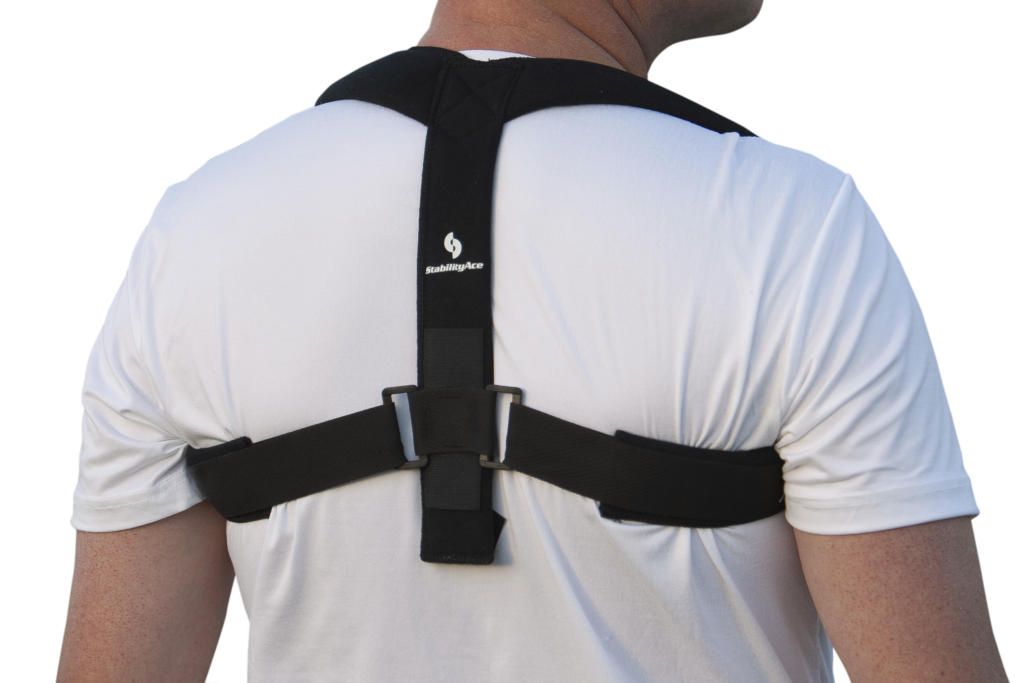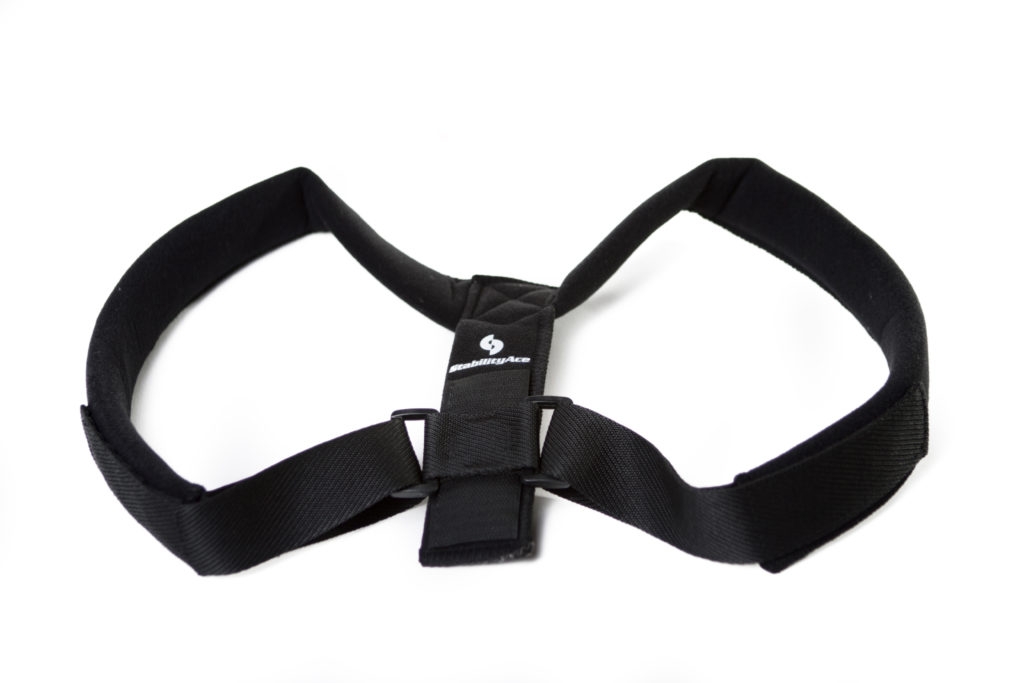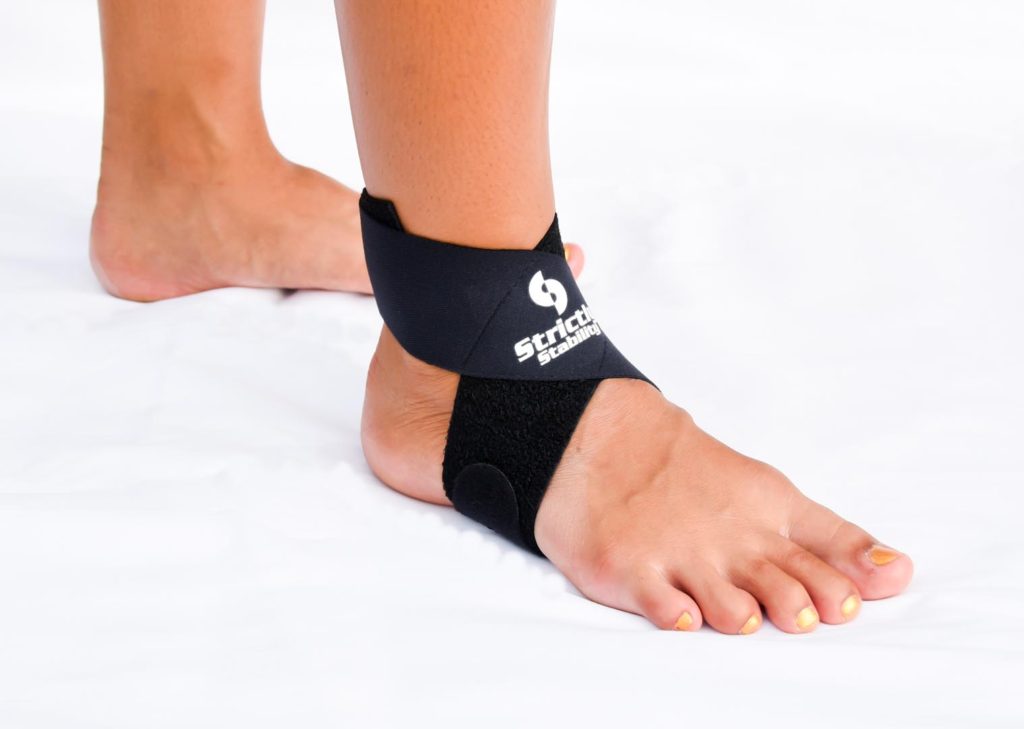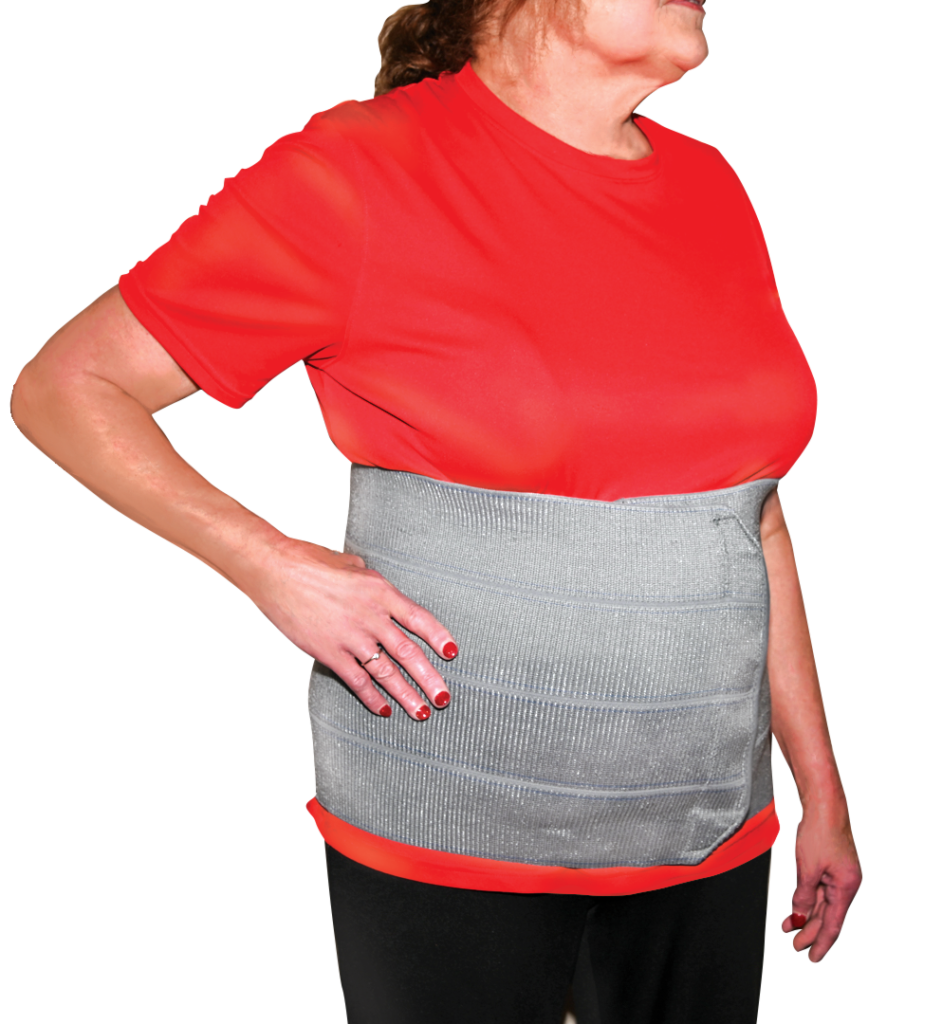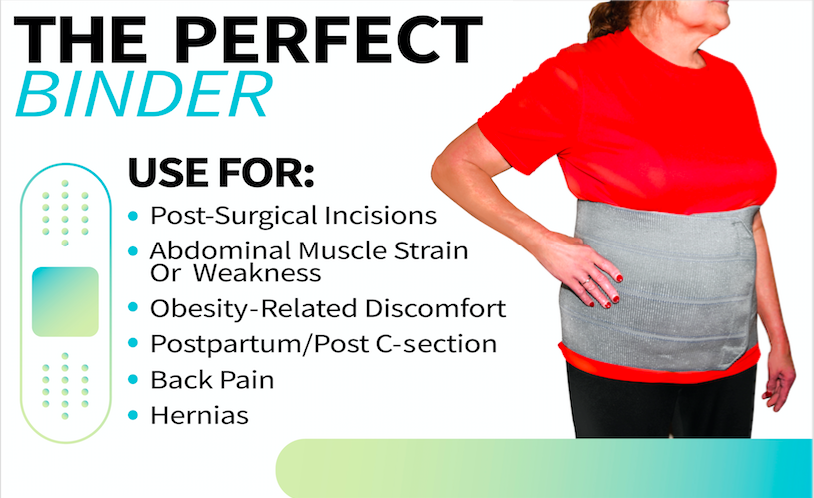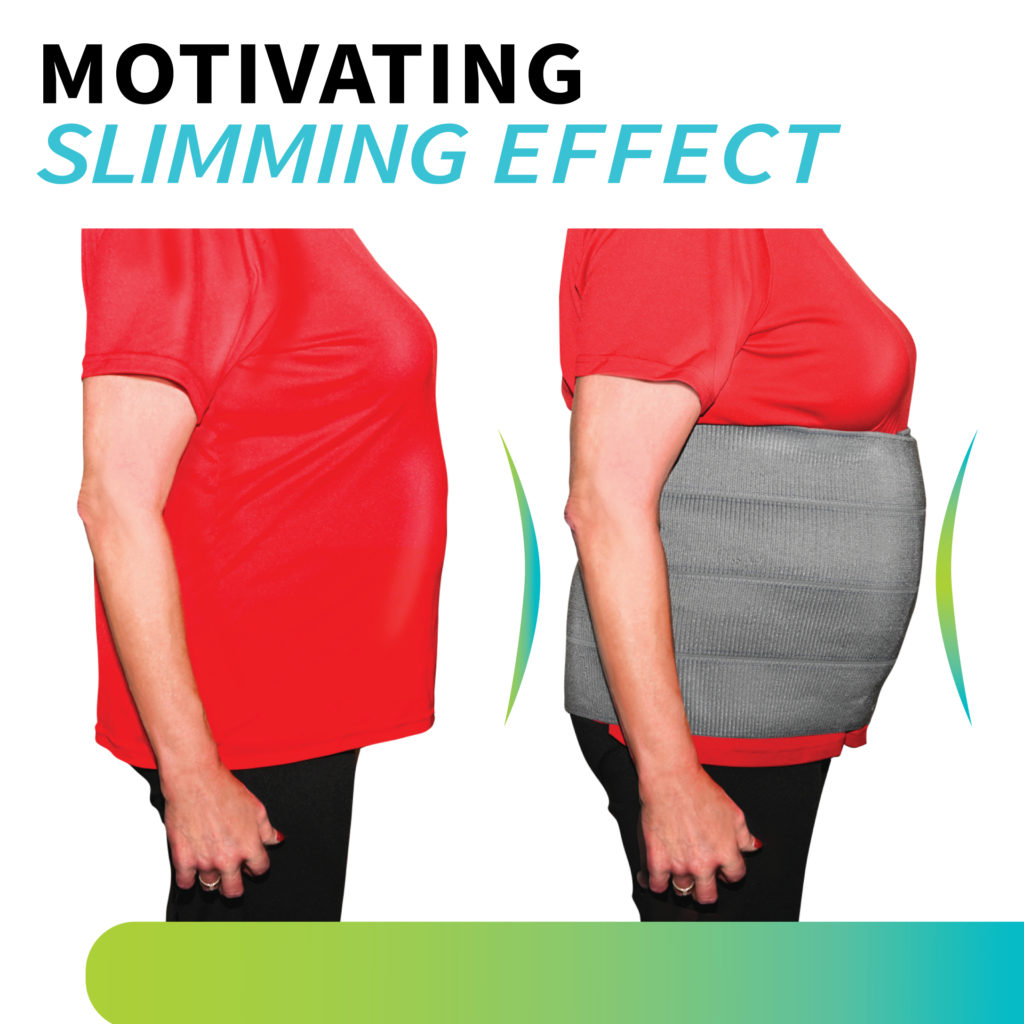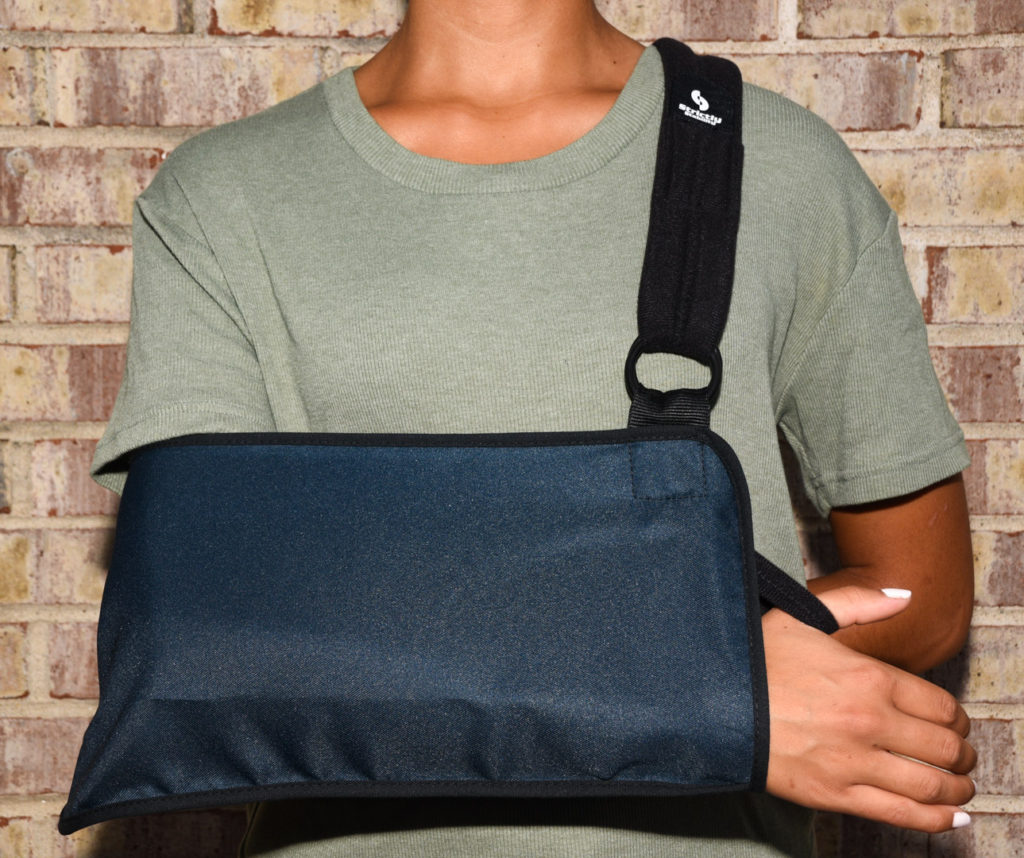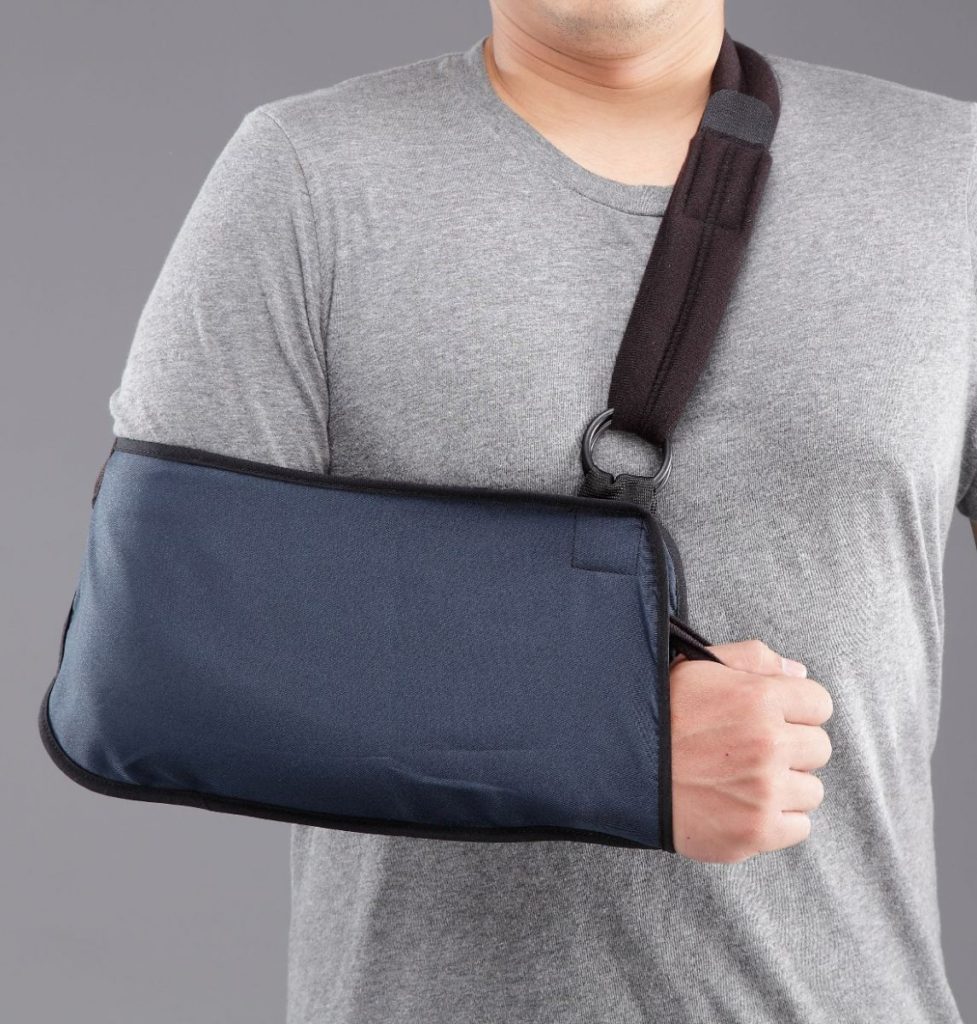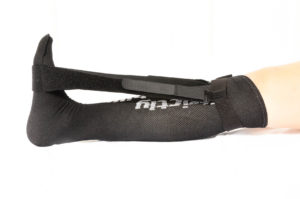If you have foot pain in the morning, you are not alone. Over a million people seek help every year for for lingering pain in the feet or legs.
The problem stems from a damaged ligament, tendon or muscle in the foot, ankle area or calve. The damaged area becomes inflamed and pain is the result.
A very common cause of heel pain is a damaged plantar fascia. The plantar fascia is a thick ligament in the sole of the foot, which is responsible for supporting the arch.
Foot pain can also be caused by a damaged Achilles tendon or calf muscle.
During the day, the pain may be eased by icing, stretching, cross-friction deep message, wearing supportive shoes or putting insoles in the shoes. But what happens during the night when none of these treatments can be performed?
This is What Happens During the Night
When we sleep, our feet relax. The toes point away from our head. This foot position is called plantar flexion extension.
When our feet are in this extended position, the muscles, ligaments and tendons shorten. In particular, the plantar fascia, the muscles underneath the plantar fascia in the soles of the feet, the Achilles tendon at the back of the ankle and the calf muscles all relax and shorten when the toes are pointing away from the head.
As the body rests, it tries to heal the damaged area. Often swelling and pain will subside as we rest.
This is What Happens When We Get Out of Bed
When we roll out of bed and start walking, all those muscles, ligaments and tendons that were shortened, relaxed and healing are now suddenly stretched. Our feet change from a position where the toes are pointing away from the head to a neutral position (90 degrees to the body) and then into the dorsiflexion position, where the toes are pointing more toward the head as we take our first step.
This change in foot angle causes the muscles, ligaments and tendons to change from a short, relaxed position to quickly being stretched into a long, working position. The damaged area that was being healed during the night is now re-injured or re-torn. Hence, we have intense heel or foot pain as we begin to walk.
How to Stop Re-Injuring Your Feet Every Morning
To solve this reoccurring and painful problem, you want your foot and leg to remain at the same angle (the neutral position or right 90-degree angle) that it will be when you get out of bed and stand up. You may even benefit from keeping your feet and ankle in the position it will be when you take your first step. That is, you may want your toes pointing slightly toward your head.
There is no way to naturally accomplish this while you are sleeping because your feet will flop into a relaxed position where your toes are pointing away from our head.
However, if you use night splints that keep your feet in the neutral 90-degree position during the night, the ligaments and muscles will not become shortened while you sleep.
When you wake up, stand up and walk, you will not suddenly be stretching those parts of the feet and legs and they will not be re-injured or re-torn. Hence, no sharp pain when you take your first steps.
How Night Splints Keep Your Feet in the Proper Position
Night Splints are made of lightweight plastic with a cushioned fabric liner. They support your calves, heels and soles of the feet. If you have pain in only one foot, only one splint is needed.
There are several adjustments on the Night Splints that will help keep your foot in the proper, right-angle position:
* First, place your heel snugly down into the heel place in the splint.
* Then close the 3 cross straps – 2 across your feet and 1 across your shin.
You should feel a slight stretching of your calf muscles when the splint is on.
After a few nights, if you feel that your foot needs more of an angle, do the following:
* Insert the wedge that comes with the Night Splint between the pad and the splint just under the toes.
* Adjust the long Velcro straps on the sides of the splint to draw the toes toward the head a little bit more.
You don’t want to put so much angle on your foot that you can’t sleep because the stretching feeling is keeping you awake. You want the splint to be effective, yet comfortable.
When you awake in the morning, the muscles and ligaments from your calf to the heel and all the way to the toes along the soles of your feet will be at the same length as they will be when you put your feet on the floor and take your first steps.
During the night, the Night Splints will have kept the damaged muscles and ligaments long enough so they are not suddenly stretched and torn again when you step out of bed.
Following this routine every night will help the foot or leg heal quicker until you won’t need the Night Splints any longer.
Now you understand why less pain is experienced in the morning when your feet are kept at the proper angle during the night.
